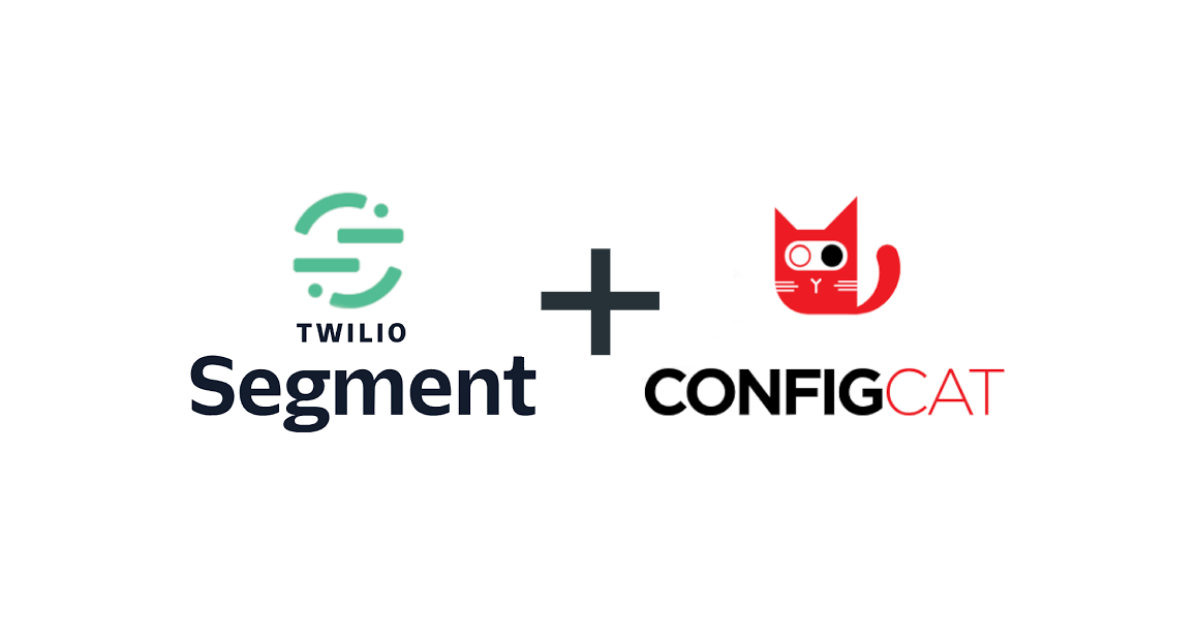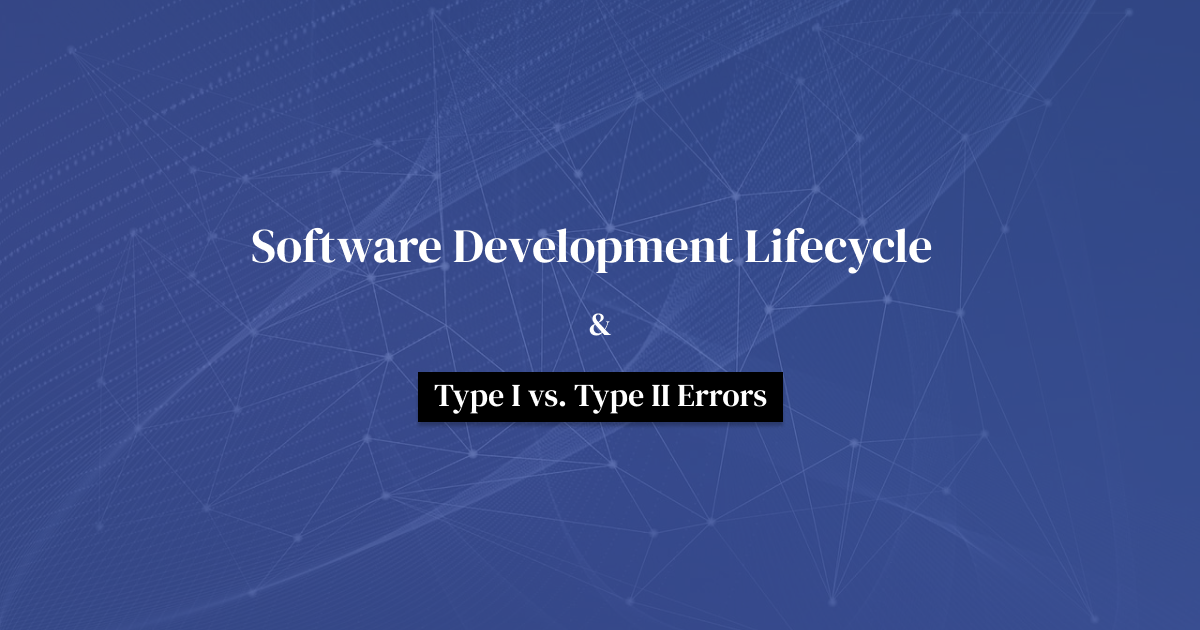How to Conduct an A/B Test in Elixir
Instead of relying on assumptions to decide which variation of a piece of software is better, you can let your users guide the decision through a controlled experiment. A/B testing involves splitting your user base into separate groups, where each group experiences a unique variation of a product or feature. By measuring the performance of each variation, you can determine which one works better.
To conduct such a test, you need a tool that helps you split your users into groups and display the appropriate variation for each group. Feature flags are an ideal tool for this. Let's walk through the process of conducting such an experiment in an Elixir app.
















